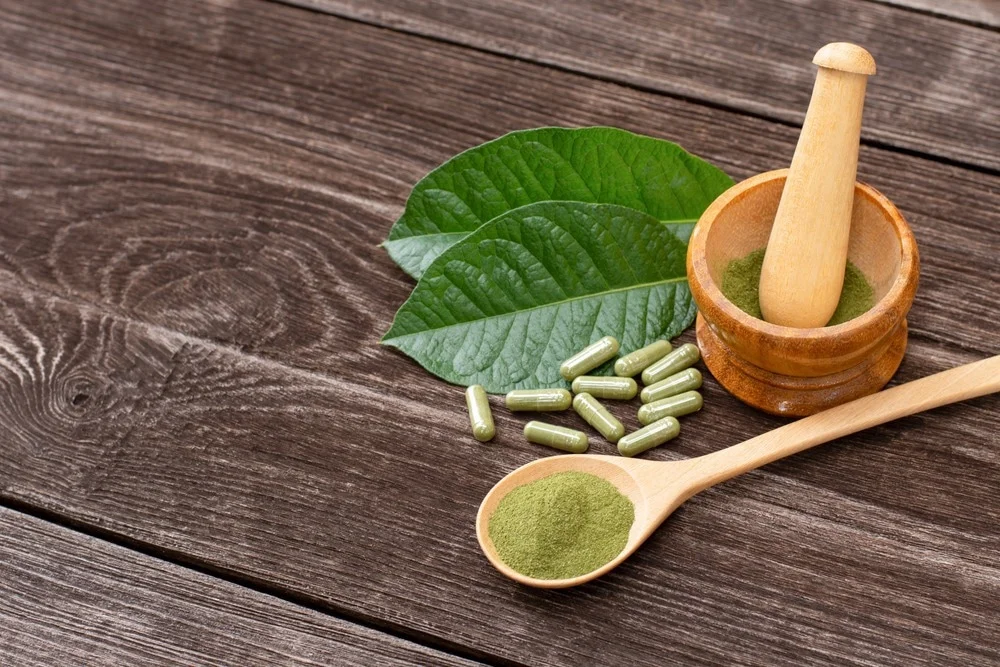Kratom, a tropical tree native to Southeast Asia, has become a focal point of discussion regarding its potential benefits and risks. For many individuals around the world, kratom has significantly altered their lives, particularly in the realms of pain management, mental health, and addiction recovery. Users often report that kratom’s active compounds, primarily mitragynine and 7-hydroxymitragynine, interact with the body’s opioid receptors, providing relief from chronic pain without the side effects commonly associated with pharmaceutical opioids. This has been a game changer for those suffering from conditions like arthritis, fibromyalgia, or injury-related pain, enabling them to regain functionality and improve their quality of life. Moreover, kratom has gained popularity among those dealing with anxiety and depression. Many users describe kratom as a natural alternative to antidepressants and anti-anxiety medications, with some reporting that it helps them manage their symptoms more effectively.

The herb is believed to promote feelings of well-being and relaxation, making it an appealing option for individuals seeking to navigate the complexities of mental health challenges without the stigma or side effects that can accompany conventional treatments. Stories abound of individuals who have found stability and solace in kratom, reclaiming their lives from the grips of anxiety or depressive episodes. Kratom’s role in addiction recovery is particularly noteworthy. For some, it serves as a bridge during the transition away from more harmful substances, such as opioids or alcohol. Many users have reported using kratom to ease withdrawal symptoms and reduce cravings, allowing them to gradually distance themselves from their dependencies. This has fostered a sense of empowerment, enabling individuals to take control of their recovery journeys in a way that feels safer and more natural. While the discussion around kratom and addiction is nuanced and complex, numerous testimonials highlight its potential as a tool for healing and recovery.
However, it is essential to approach the conversation about kratom with caution. While many individuals have shared positive experiences, others have reported adverse effects or dependency issues. The lack of regulation and standardized dosing can lead to inconsistent experiences, making it crucial for users to conduct thorough research and consider their personal health circumstances before incorporating kratom into their routines. The legal status of maeng da kratom varies widely, with some countries and states imposing bans, while others embrace its use. This creates a patchwork of accessibility and regulation that can complicate the experiences of those seeking its benefits. In summary, kratom has undeniably changed lives around the world, offering hope and relief to many struggling with pain, mental health challenges, and addiction. The narratives of those who have found solace in this natural herb underscore the need for continued research and open dialogue about its potential benefits and risks. As the conversation evolves, it is vital to balance personal stories with scientific inquiry to ensure that individuals can make informed choices about their health and wellness.

